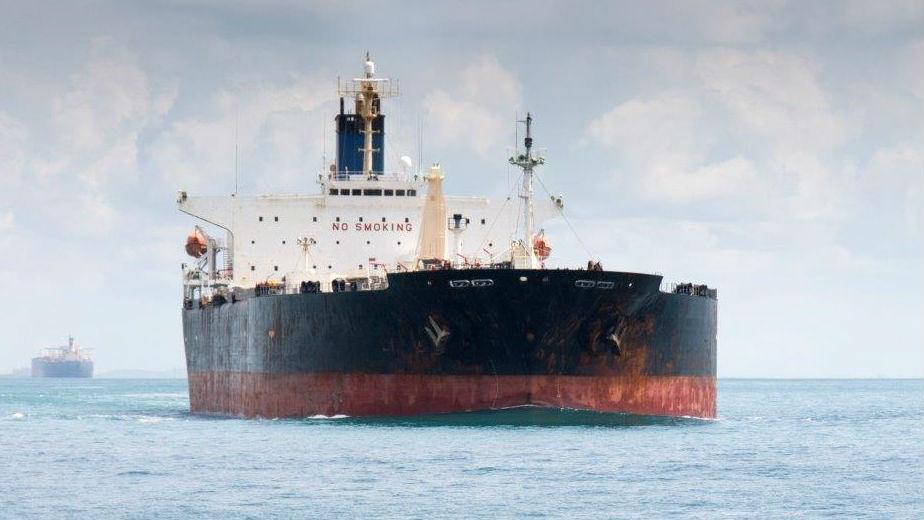As Shale Oil Slows, Crude Shipments to U.S. Rise

The United States could receive its first Oman cargo in three years after a brief opening of the arbitrage window earlier this month when U.S. crude prices strengthened against Omani oil futures, traders said on Monday.
The arbitrage shipment would add to a wave of crude from Africa and Europe making its way across the Atlantic to the world's largest oil consumer. The move comes just weeks after the U.S. government repealed a decades-old law banning oil exports.
"The lifting of the export ban has ironically incentivised imports into the U.S.," Energy Aspects analyst Virendra Chauhan said.
West Texas Intermediate crude futures rose this month to its highest premium against DME Oman futures in more than five years. U.S. prices have rallied relative to other benchmarks after the oil export ban and the prospect of slowing shale oil supply growth as drillers shut rigs.
Middle East crude prices, on the other hand, have been depressed by expectations of a rise in Iranian oil exports after world powers lifted sanctions on the OPEC producer.
Traders also cited falling freight rates as a factor in enabling the arbitrage flow. Freight rates for Very Large Crude Carriers that send Middle East crude to the U.S. Gulf TD-RTA-LOP have dropped 39 percent since mid-December, according to Reuters data.
Several oil-trading sources have said that U.S. refiner Koch may have fixed a tanker to ship 2 million barrels of Omani crude to the U.S. Gulf Coast. The company declined to comment.
The shipment would be the United States' first crude imports from Oman since 2013, according to data from the Energy Information Administration (EIA).
"Maybe Koch can take it into its own system, but refiners there are not too keen on the grade. Basrah Heavy is much better," said Adi Imsirovic, a member of the Surrey University Energy Economics Centre, referring to the Iraqi grade.
The United States is drawing about 500,000 barrels per day of imports from producers including Norway and Nigeria, in a surprisingly rapid revival of flows that had dwindled to nearly nothing in 2014-2015, after the U.S. shale oil revolution got in full swing.
Russian Urals will also be heading to the U.S. Gulf Coast after a four-year hiatus.
"Iranian barrels coming into Europe may well push more Urals into U.S. Gulf," Imsirovic said.
